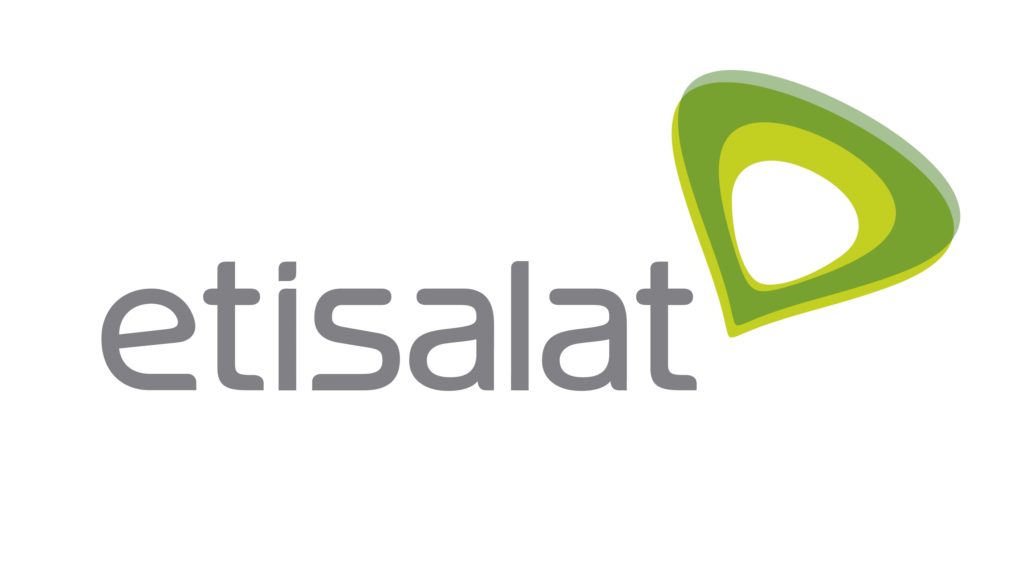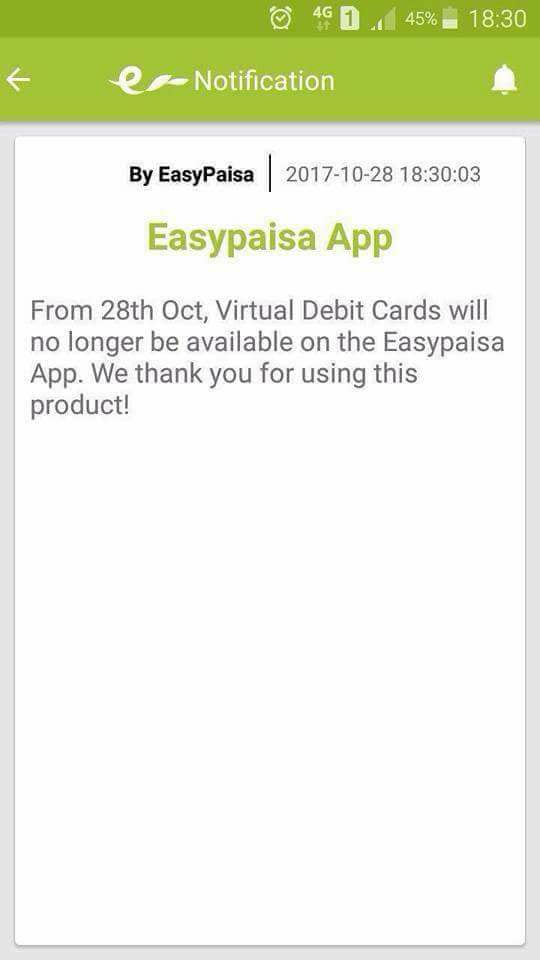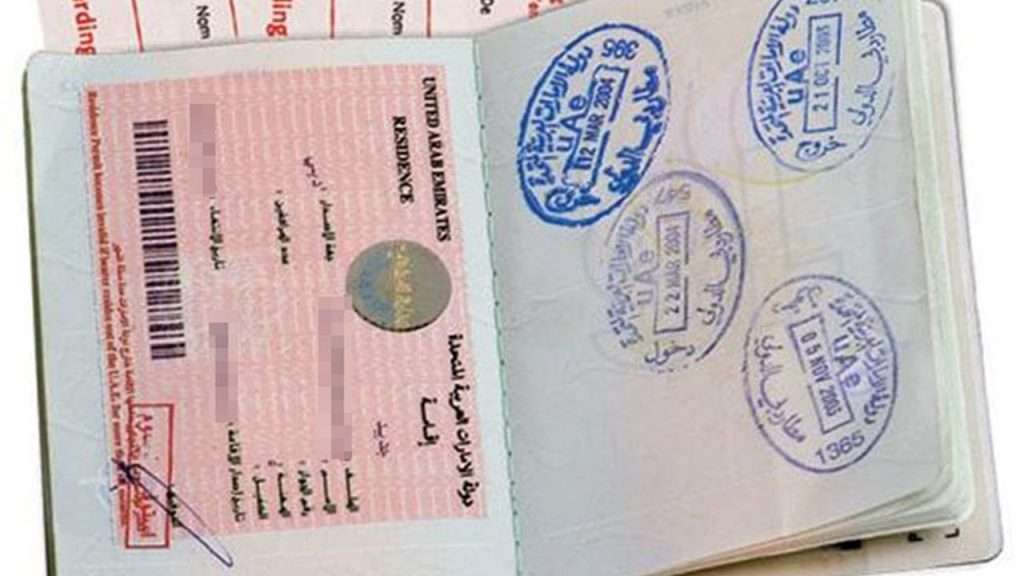It sounds like you’re experiencing the dreaded red light on your Etisalat eLife box, a common issue that can plunge your home into internet darkness. This is a situation many users have faced, and it’s understandably frustrating when your connection suddenly drops. Let’s break down what’s happening and what you can do.
Solution Summary: The most common cause for a red “Alarm” or “LOS” (Loss of Signal) light on your eLife box is a physical issue with the fiber optic cable or the connection to the Etisalat network. While basic troubleshooting steps like power cycling are essential, if the red light persists, it almost always requires a technician visit. Do not factory reset your router unless specifically instructed by Etisalat support, as this can lead to further configuration issues.
How To Fix That Annoying Red Light on Your Etisalat eLife Box (and What It Means)
When your Etisalat eLife box displays a red light, particularly on the “Alarm” or “LOS” indicator, it signifies a problem with the optical signal reaching your home. This means the connection from Etisalat’s network to your router is interrupted. It’s a frustrating situation, but before you panic, there are several things you can try yourself.
Tried Everything? Here Are ALL The Initial Troubleshooting Steps You Can Do At Home:
-
Power Cycle Your eLife Box (Router and ONT): This is the classic first step for any tech issue, and it often works wonders.
- Unplug everything: Disconnect the power cable from your eLife router and, if you have a separate Optical Network Terminal (ONT) box (the one the fiber cable connects to), unplug that too.
- Wait a full 60 seconds: Don’t rush this! A full minute allows the devices to completely discharge and clear any temporary glitches.
- Plug them back in: Plug the ONT back in first (if separate), wait for its lights to stabilize (usually green or white), then plug in your eLife router.
- Wait for startup: Give both devices a few minutes to fully boot up and re-establish their connection. Check the lights.
-
Check All Cables – And We Mean ALL of Them: A loose cable is a surprisingly common culprit.
- Power Cables: Ensure the power adapters are firmly plugged into both the wall outlet and the eLife router/ONT.
- Fiber Optic Cable: This is crucial. Locate the thin, often yellow or green, fiber optic cable connecting to your ONT or directly to your router.
- Gentle Check: Carefully inspect both ends of this cable. Is it securely seated in the ports?
- No Bends/Kinks: Fiber optic cables are fragile. Look for any sharp bends, kinks, or visible damage along its length. Even a slight bend can interrupt the signal. Do not try to bend it back forcefully.
- Ethernet Cables: If you have devices connected via Ethernet (LAN) cables, ensure they are also securely plugged into both the device and the router’s LAN ports.
-
Bypass Wi-Fi (Test with a Wired Connection): This helps determine if the issue is with your Wi-Fi signal or the internet connection itself.
- Connect a computer or laptop directly to your eLife router using an Ethernet cable.
- See if you can access the internet. If you can, the problem might be with your router’s Wi-Fi functionality, not the incoming internet line. If not, the issue is with the main internet connection.
-
Check for Overheating: Ensure your eLife box has good ventilation and isn’t placed in an enclosed space where it can overheat. Overheating can cause intermittent disconnections.
-
Avoid Factory Reset (Unless Told To): A factory reset will wipe all your custom Wi-Fi settings (network name, password) and any other configurations. Only do this if Etisalat customer support specifically instructs you to, as you’ll need to reconfigure everything afterward, which can be complicated without the right details.
Why Is This Happening & Why Can’t You Fix It Yourself?
The red light on your eLife box, especially the “Alarm” or “LOS” indicator, almost always points to a problem with the physical fiber optic line connecting your home to the Etisalat network. Common reasons for this include:
- Fiber Optic Cable Damage: This is the most frequent cause. The delicate fiber cable can be accidentally cut, bent too sharply during installation, or damaged by external factors like construction, rodents, or even just general wear and tear over time.
- External Network Outages: Sometimes, the issue isn’t with your specific line but with a broader outage in your area. This could be due to:
- Infrastructure Damage: Major fiber cuts (e.g., from roadworks, accidents) affecting a whole neighborhood or even a larger region.
- Network Maintenance: Etisalat might be performing planned maintenance or upgrades on their network, which can temporarily disrupt service.
- ISP Equipment Failure: Issues at Etisalat’s central equipment or local exchange can also cause widespread outages.
Why You Can’t Fix These External Issues: These problems are beyond your control. You cannot repair a damaged fiber optic cable in the street, resolve an issue at Etisalat’s central office, or expedite their network maintenance. These require specialized equipment, expertise, and access to Etisalat’s infrastructure. Any attempt to tamper with the fiber optic line yourself could cause further damage and even pose a safety risk.
Getting Official Updates/Info During Outages:
When you suspect a broader outage, it’s wise to check for official updates rather than endlessly troubleshooting your own equipment.
- Etisalat Website/App: Check the official Etisalat website or their mobile app (if you have it installed). They often have a “support” or “outages” section where they post updates on known issues.
- Official Social Media: Follow Etisalat’s official social media accounts (e.g., Twitter/X, Facebook). They often use these platforms to communicate service interruptions.
- Community Forums/Groups: While not official, local community groups or forums can be a good way to see if other residents in your area are experiencing the same problem. If many people are reporting the same issue, it’s likely a widespread outage.
When To Call Support & The Number:
If you’ve performed the basic troubleshooting steps (especially power cycling and checking cables) and the red light persists, it’s definitely time to contact Etisalat customer support. Be prepared to provide them with the steps you’ve already taken.
You can reach Etisalat Customer Service at 101.
When you call, be ready to explain:
- That you have a red “Alarm” or “LOS” light on your eLife box/ONT.
- The exact troubleshooting steps you’ve already performed (e.g., “I’ve power cycled the router and ONT, checked all cables for damage, and confirmed they are secure.”).
- Any other symptoms you’re experiencing (e.g., “No internet on any device, even when wired,” “TV channels are also not working”).
They will likely guide you through some of the same steps, but your detailed explanation will help them diagnose the issue faster. They may be able to run remote diagnostics or, if necessary, schedule a technician visit to inspect the fiber line and equipment in your home or at the distribution point. Remember that a technician visit might incur a charge if the fault is determined to be with your internal wiring or equipment not supplied by Etisalat.
Concluding Thoughts: A red light on your Etisalat eLife box is a clear indicator of a connection problem, most often related to the fiber optic line. While it’s always best to start with simple, at-home troubleshooting like power cycling and checking cables, understand that many of these issues require the intervention of your service provider. Patience and clear communication with customer support are your best tools in getting your internet back up and running.




